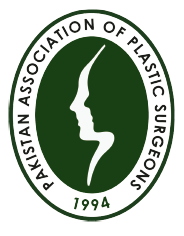
dermabrasion
Dermabrasion is a resurfacing procedure in which the upper layer of skin is exfoliated (removed) by a high-speed machine with an abrasive wheel or brush to gently remove the outer layers of your skin and improve any irregularities in your skin's surface. It usually done in local anesthesia.
Some of the conditions it can treat include:
- fine lines or wrinkles.
- sun damage.
- Uneven skin tone.
- Superficial acne scars.
- scars from surgery or injury.
- tattoos.
- rhinophyma (thick skin on the nose).
The procedure is usually done under local anesthesia. General anesthesia can be given to treat larger areas. Pre procedure antibiotic is started to reduce the chance of any infection. During dermabrasion the surgeon rotates a device called dermabrader over the skin to be treated. This device has rough surface that abrades the outer layer of skin. Small dressing is done over treated area. It will take almost a month for new skin layer to reappear.
Yes, dermabration removes the damaged layer of skin permanently so results are
permanent but if you take proper post procedure care. One should avoid sun exposure. However aging will continue and wrinkles may reappear
NO, procedure is done under local anesthesia to prevent any pain during the
procedure but it may cause some discomfort
The new skin will be a bit swollen, sensitive and pink for several weeks
In microdermabrasion exfoliation is done by small crystals that are rub on skin. It is least invasive as compared to dermabrasion and can be done without anesthesia.
Following complications can occur;
- Uneven changes in skin color.
- Hyperpigmentation (Darkening of the skin)
- Edema (Swelling).
- Scarring (hypertrophy or keloid).
- Infection.
You can join after two weeks.
There is no age limit. From mid teens to any age.


